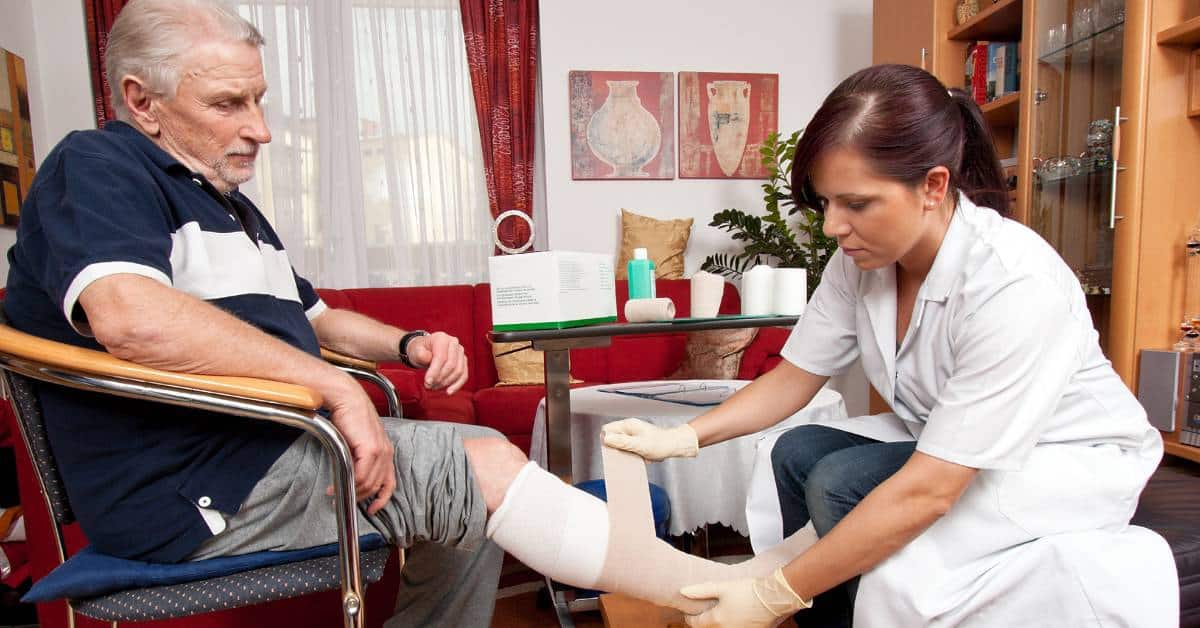INTERACTIVE FEATURES: When viewing this article on an electronic device, note that web addresses are live links. Just click the link to visit that web page.
Click for instructions for moving the PDF into Kindle, Nook, Apple iBooks, and Apple Library.
What’s the Best Strategy for Your Organization?
Building home care capacity will give payers more flexibility to meet patients on their own terms and improve outcomes. Companies like Humana are making major investments in home care.
Payer Trends
- Buying and aligning with physician groups.
- Moving higher acuity patients into the home.
- Expanding technology for care management oversight.
New initiatives are bending the curve to how care will be delivered in the home. Changing models have insurers partnering-up with primary care physicians, telehealth, and pharmacies to deliver care in the home.
Highlights
- Changing investment strategies. Integration of primary care practices, home visits, and technology to deliver high acuity care in the home.
- Leveraging technology. An approach to deliver better services anytime, anywhere. Real-time data from the home.
- Consumer/patient-centric mindset. The approach is to monitor their needs, wants, and factors that influence their actions and compliance.
- Greater control of costs and outcomes. Expanded value-based contracting. Move away from fee-for-service.
Reimbursement Sparks Great Interest
Doubling down on reimbursement changes allow payers to bring primary care to the home through house calls and telehealth, care management for higher acuity patients, a focus on chronic care management, and better management of social determinants of health.
Physician/payer relationships are expanding integrated solutions for chronic care management. Examples are Walgreen’s billion-dollar contract with VillageMD, Aetna’s Medicare Advantage Plan teaming-up with Landmark Health, and Humana and UnitedHealth launching programs for chronic care management.
Physicians are taking on more risk-based contracts. The change to physician fee schedules, Primary Care First, the Seriously Ill Population option, and direct contracting can expand the scale of greater care in the home. Care is being managed when and where it is needed.
Mobile Medical Technology Advances Therapeutic Technology
In Dr. Thomas Cornwell’s recent article in the September/October 2020, Remington Report titled Home-Based Primary Care – It’s Time to Think Beyond the Clinic Walls, he discusses how mobile medical technology advances in home-based primary care.
“The iconic black bag has been replaced with the latest in portable advancements. Electronic medical records allow in-home providers access to patient charts from virtually anywhere. Lab tests can be completed within the home in minutes. Blood can be drawn and spun in a centrifuge plugged into a vehicle’s auxiliary power outlet (or cigarette lighter port). Affordable portable x-rays and ultrasound equipment make diagnostics convenient to use in the home, often with same-day results.”
“In addition, today’s smartphones can function as an ultrasound console or as an electrocardiogram, delivering rhythm strips in seconds. Numerous mobile apps are also available for vision testing, medical reference, and drug databases. Today’s smartphone can even transmit paperwork with remote scanning and printing. Most mobile providers can actually conduct more tests in the home than many primary care practices can complete in their offices!
Beyond diagnostic resources, therapeutic technology, such as home dialysis and smart pumps for IVs and antibiotics, are available in the home. In other words, the technology that directed patients to the office decades ago is now enabling care to return to the home.”

Lisa Remington is president and publisher of the Remington Report magazine and President of Remington’s Home Care Leadership Think Tank. She has worked with more than 10,000 organizations in both a consultancy role and an educator. Lisa monitors the complex key trends and forces of change to develop a correct strategic approach to de-risk decision-making and create sustainable futures across the healthcare continuum.










